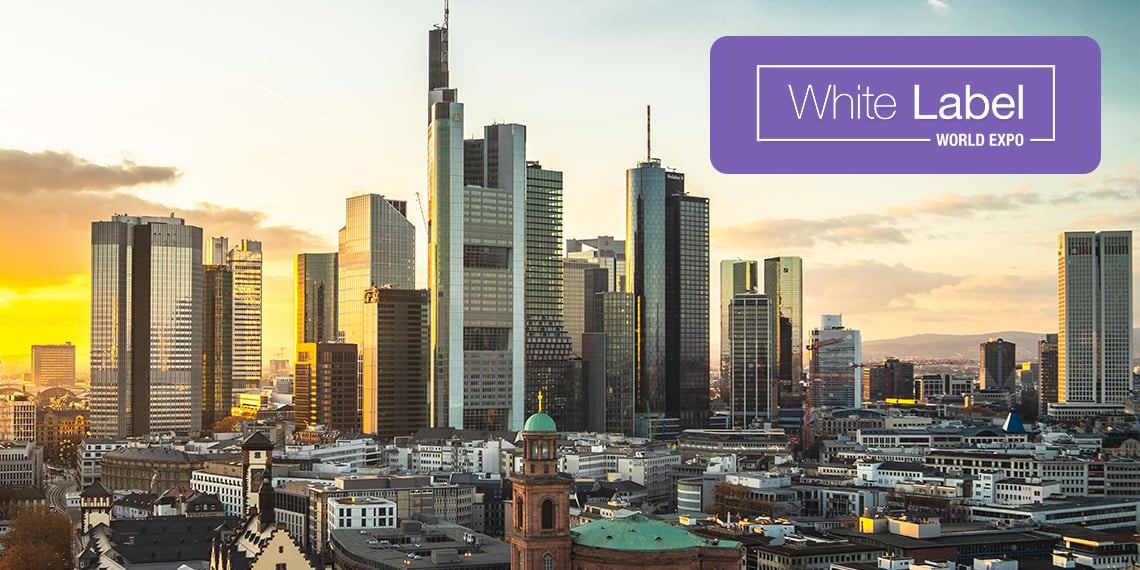Big Changes in E-commerce: What’s Next?

Recently, we visited the White Label Expo and networked with serious e-commerce players. Here’s a recap for you!
So, if you checked out the growth numbers for some big retailers, you might have noticed something interesting. Amazon didn’t grow at all from 2021 to 2022, eBay actually shrank by 17%, and Walmart had an impressive growth of 12%. It’s pretty clear that things are changing for online sellers.
We saw this firsthand at a recent conference where we chatted with a bunch of sellers, both experienced ones and newcomers. Everyone seemed to be really aware of these shifts.
To be honest, the growth in online shopping isn’t what it used to be during and in the years after the pandemic. A bunch of issues, like supply chain problems and economic factors, made the recent growth numbers look not so great. But if you zoom out and look at the numbers from 2019 to 2022, you’ll see that overall, online sales are up by 81%. So yeah, e-commerce is still on the rise, but the way it’s happening is definitely changing.
Amazon, for example, is getting more competitive. Sellers are trying to spread their risks by selling on other platforms too, and they’re really focused on building strong brands. It used to be all about resellers competing on price and customer ratings. Still, now sellers are more about branding, creating better listings, improving customer experiences, and making sure they stand out.
We also heard from several companies that want to reduce or even eliminate resellers because they think they can make more money by selling directly. Selling on multiple channels is definitely on their minds, but it also comes with its challenges. Some are thinking about managing it themselves, while others are considering outsourcing it.
There’s also been a lot of interest in Target. In the past four years, they’ve welcomed over 400 sellers to their exclusive marketplace, and everyone seems eager to know how to catch Target’s eye. It’s not easy, though. Target is looking for brands that are diverse, have a good following, and make at least half a million in sales each year.
For those thinking about private labeling, there were plenty of vendors offering services for things like packaging, beauty products, CBD products, and supplements. There were also some less common options like garden supplies, grills, and outdoor furniture. One of the big highlights of the conference was the trade show floor, which had five stages featuring talks on how sellers can grow their business, covering topics from marketing and buyer psychology to getting business capital.




